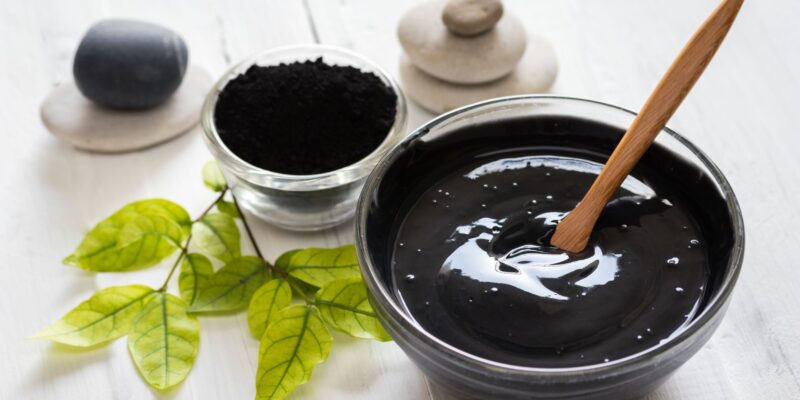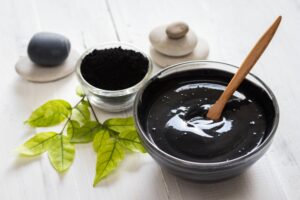Carbon is everywhere.
Around 18% of the human body is made up of carbon.
Hydrocarbons behave like building blocks, making up our hair, skin and cells. Carbohydrates even give us energy.
We hear the word carbon everywhere, in the conversation about climate change, carbon footprints and energy consumption. It is present in fossil fuels like coal, in organic compounds like petroleum and natural gasses. Terms like carbon-neutral, carbon-negative, and post-carbon now fill our news outlets.
We ourselves produce carbon dioxide, releasing it during respiration. What is often referred to as the ‘carbon cycle’ involves the incorporation of carbon dioxide into plants and living organisms.
Carbon Allotropes
Allotropes of carbon are used all over the world for many varied purposes.
Graphite
You didn’t think we would get through this without mentioning Graphite, our ‘miracle material’, did you?
Graphite is used in mechanical applications; nuclear technology; glass production; construction; battery technology; and yes, you were waiting for it: pencils!
At Olmec we decided to leave the pencils to others, leaving us to focus on a mere ~30 industries.
We machine our graphites into bearings, rods, nozzles, plates, rings and of course to unique drawings from our fantastic customers. These customers are all over the world, using graphite in their production lines, research and development projects and final products alike.
Diamond
We can’t forget about diamond, the most glamorous of carbon allotropes. A symbol of beauty and strength (not to mention a real ‘multitasker’) diamond is used in applications from cutting tools to engagement rings.
Graphene
Shiny and new, the yet-to-be-harnessed carbon allotrope, Graphene, has been stirring up excitement since the early 2000s. Graphene has been found to have uses in medicine, construction and in world changing technology such as solar panels.
In 2018, scientists discovered that this exciting new material was a superconductor. This changed everything. It was said that graphene’s double layered structure was stacked and twisted to a “magic angle” which allowed for energy flow without resistance or wasted energy.
Today, the big challenge for graphene is finding a way to industrialise production.
Carbon Compounds
Synthetic compounds such as carbon rubbers can be used in the soles of shoes, bike and car tires and in other everyday applications.
Today, ways of reusing carbon produced as a by-product are crucial to creating as circular an economy as possible.
Well-known examples of this include Coal Tar, a by-product of the production of coke and coal gas from coal.
Coal tar has both medicinal and industrial uses.
The by-product is used in shampoo, soaps and ointments, because of its anti-fungal, anti-inflammatory, anti-itch, and anti-parasitic properties.
It can be used to treat:
- Dandruff
- Psoriasis
- Head Lice
On top of this, coal tar was also used to lay the first sealed roads. Coal tar was combined with granite chips to create the original tarmac.
Small-scale sustainability projects – Creating greener coal from waste
More recently there have been fantastic new examples emerging on both small and large scales of efforts to use and reuse carbon in a more efficient way.
Only this year, students in Cameroon have orchestrated a small-scale operation which successfully turns banana skins and other waste into usable coal (itself mostly made up of carbon).
This fantastically simple idea means that homes can be heated with eco-friendly coal.
By collecting rubbish from the streets, the students are providing a solution to Cameroon’s waste problem as well as creating a greener solution than regularly produced coal.
(161) Greener coal from banana skins | DW English – YouTube


